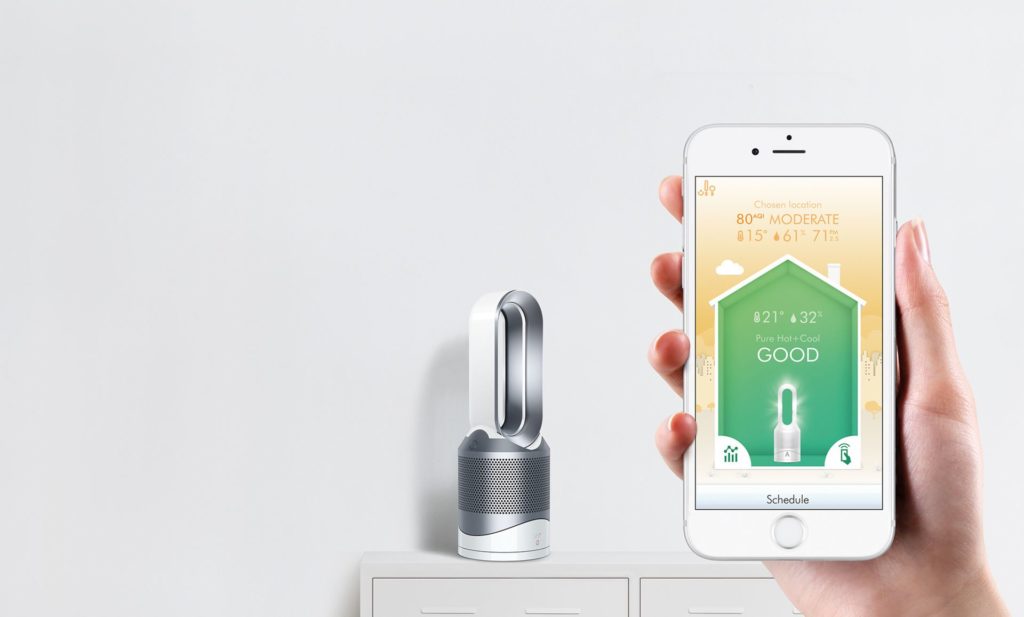Amazon Echo Sub Review
Summary
Sick and tired of hearing thin, reedy sounds coming out of your Echo Plus, Dot, Show or Spot speakers? PAT PILCHER has found the answer.
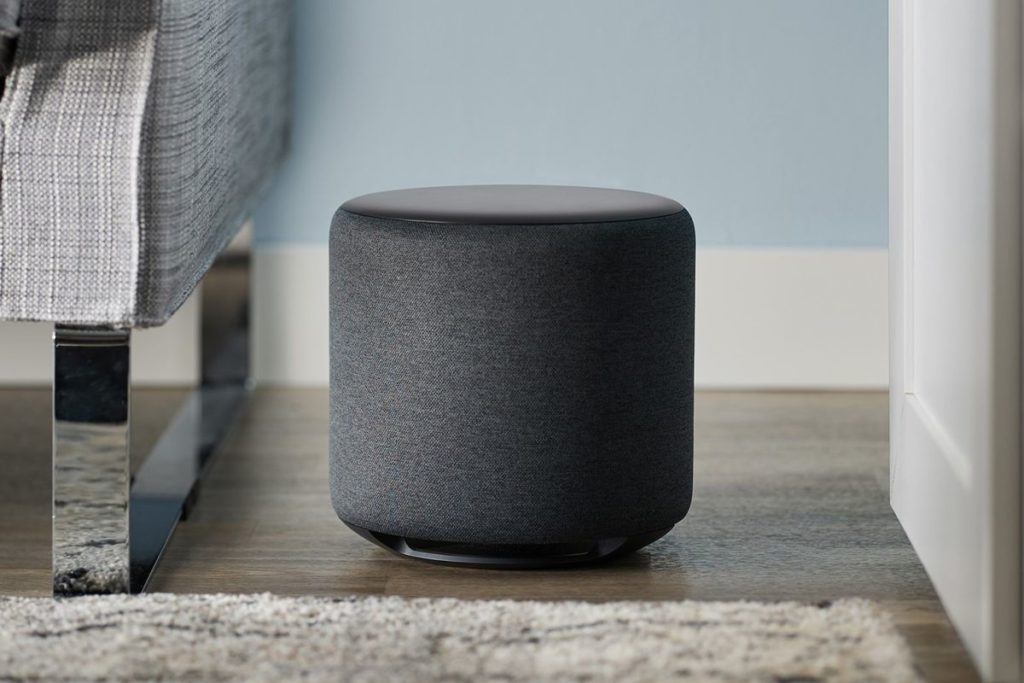
Smart speakers like Amazon’s Echo range are incredibly handy. There’s just one small catch: they usually don’t sound all that good.
Don’t get me wrong, for telling you the weather, the news or setting a timer and controlling various smart home widgets, Amazon’s Echo does a fine job, but when it comes to really listening to music, Alexa isn’t really up to snuff.
While Incremental improvements to Echo speakers have helped, an Echo Dot or even the Echo Plus have been incapable of delivering full-bodied audio – at least until now.
This has changed thanks to the Echo Sub – and we’re not talking about the yellow submarine, but a dedicated subwoofer that can pair with compatible Echo speakers to add some low frequency oonst to music.
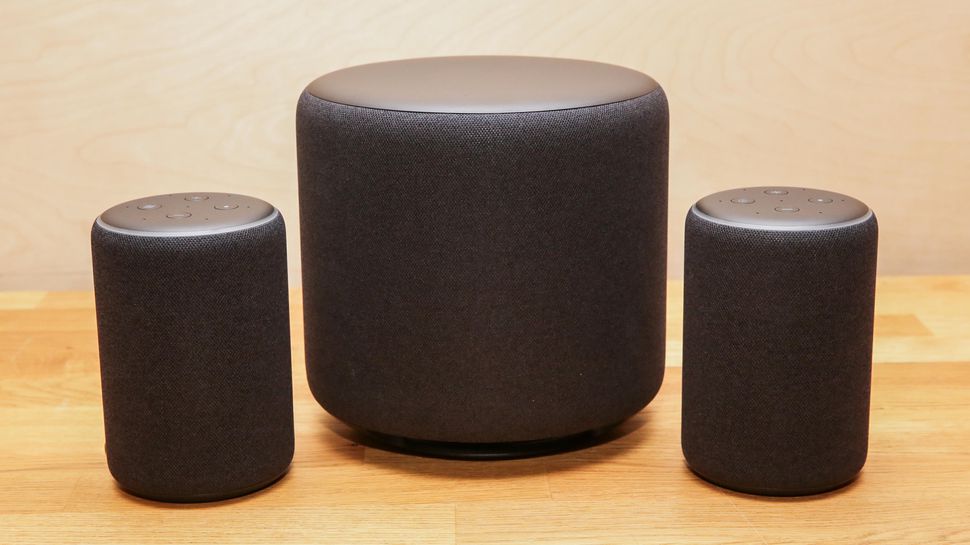
The Echo Sub is a logical move for Amazon. Apple’s HomePod is designed to belt out decent audio and Google have upped their speaker range with more of a focus on audio quality, so following their lead made considerable sense for Amazon.
Amazon have arguably played it smarter, too. Apple might have done a solid job with audio, but in use, Siri is as thick as a brick. Google might have a bigger range of speakers, but they lack the flexibility that the Echo Sub brings to the mix and they’re unavailable in New Zealand. The other winning factor with Alexa is her broad support for a multitude of smart home platforms and widgets.
Getting the sub set up is a lot simpler than yelling “Dive! Dive! Dive!” and closing hatches. Like the Echo Plus, Echo Dot, Echo Show or Echo Spot, setup requires plugging the sub into the mains and firing up the Alexa app. Once the app has connected the sub to your home’s Wi-Fi you then tell the app which Echo speakers you want to pair the sub with. Total setup time was about 5 minutes and was quicker than yelling “Fire torpedo one!”
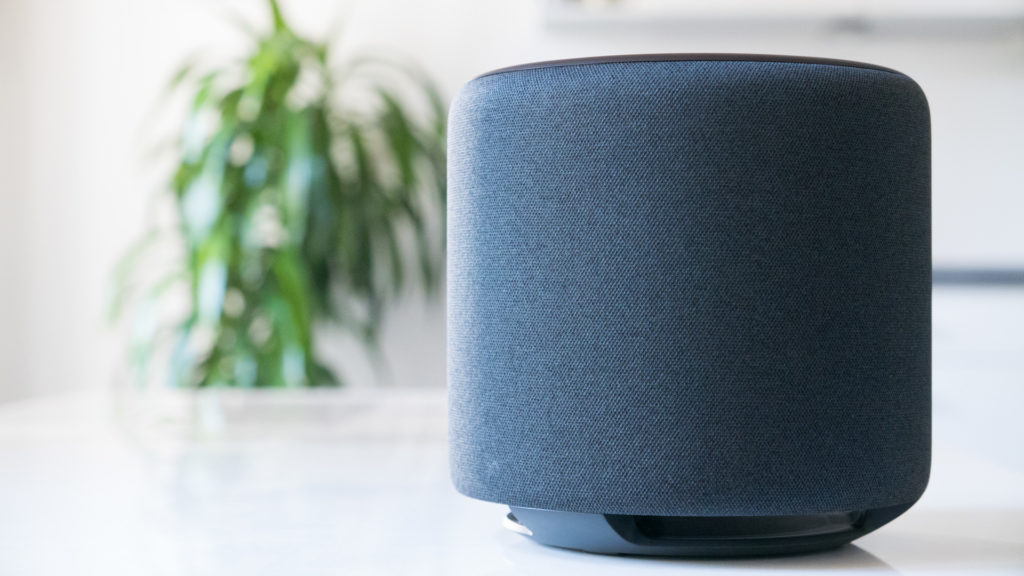
Pairing the sub with an Echo Dot resulted in big improvements to streaming audio. While my Echo Dot used to sound as thin and reedy as my grandma’s transistor radio, it now sounds full-bodied. As the sub can also pair with two Echo speakers, stereo audio is a possibility.
Pairing up the sub with compatible Echo speakers is a must. If the sub isn’t paired, it won’t work. Doing so sees paired speakers listed as ‘Sub Pair’ in the Alexa app. I was initially confused by this as there wasn’t a visible light on the sub to tell me what was happening. Once set up, its 6-inch downwards-firing bass driver kicked in, and my Echo Dot had acres of added oonst that equated to a much richer and fatter sound.
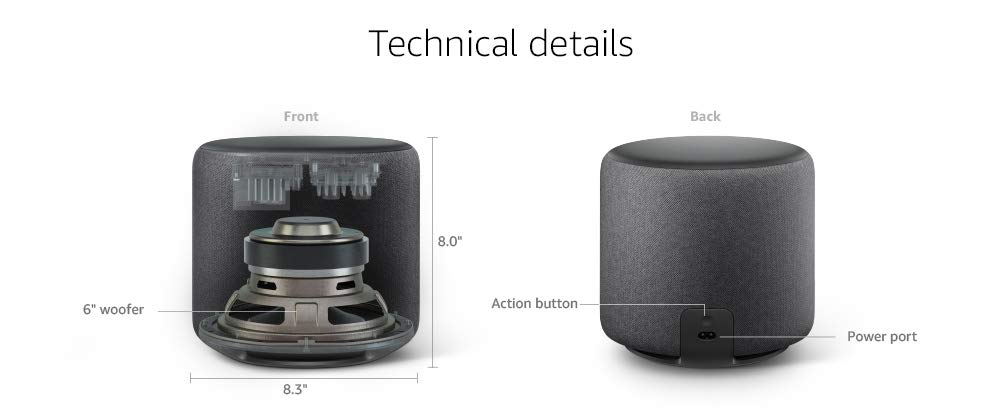
The sub’s unobtrusive design and low-frequency output means it can be tucked out of sight and still deliver bass. There’s plenty under the hood thanks to the D-class 100-watt amp and there is plenty of ballast on tap as its output goes down to 30Hz. That said, the sub won’t shake any ceiling plaster loose, as it’s not a home cinema sub, it’s instead designed to boost the frequency range of Echo speakers. [Which in my book means it’s not a ‘sub’ at all, simply a bass driver – Picky Ed].
I was pleased to note that the Echo Sub is tweakable. I was able to adjust its volume for added bass grunt using the Alexa app. I also found that equaliser tweaks applied to both the Echo Sub and the paired Echo Dot, so I could adjust highs and mids, which made a big a difference to audio.
While audiophiles might still put their noses in the air, audio improvement to Echo Dots, Spots, Pluses and Shows are noticeable. For streaming music fans who use Spotify, TuneIn or Amazon music, the sub’s easy set up combines with the versatility of Alexa to make for a music system with real smarts that’s perfect for casual listening and background music.
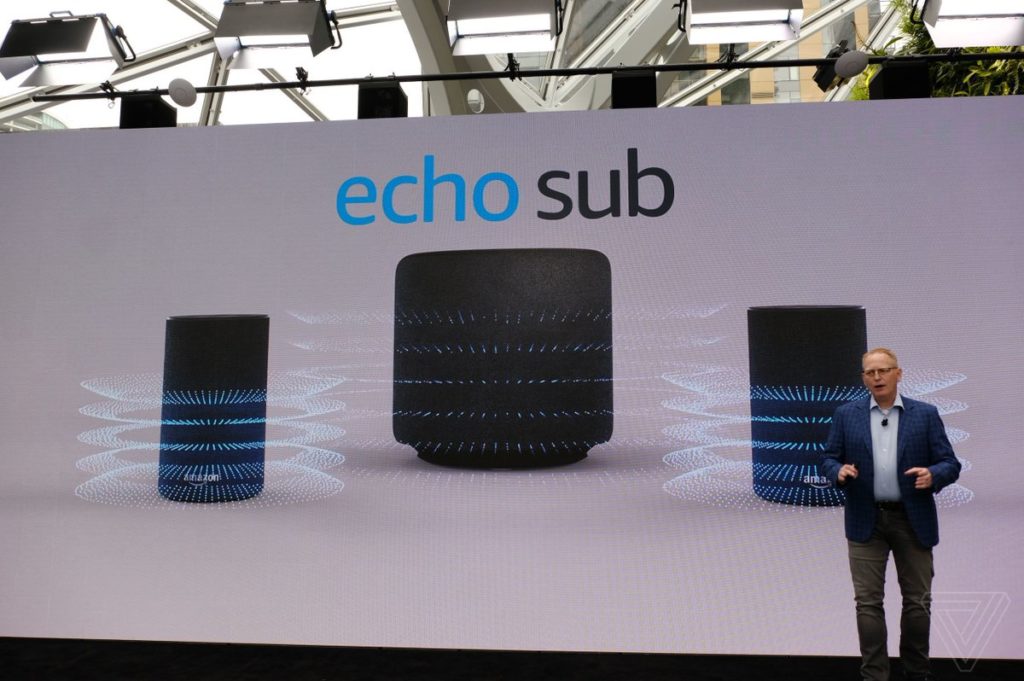
That said, there are some gotchas. While the sub vastly improved audio from my Echo Dot with streamed music, other Echo skills didn’t make use of the sub. Playing rainforest or thunderstorm sounds didn’t fire up the sub, which was frustrating. There was also sometimes a lag between the sub and my Echo Dot. Asking Alexa to stop music playing often saw the sub continuing to rumble away for several extra seconds. None of these issues are show stoppers, however, and I suspect they will probably be remedied with future software updates.
Perhaps my biggest frustration was not with Amazon but Western Digital. My music lives on a WD network drive, and while there is an Amazon skill for accessing the drive to stream content over an Echo speaker using voice commands, the skill is not available in New Zealand. Hopefully this will soon change as it’d greatly extend the usefulness of the network drive and my Amazon setup.
For anyone wanting to use their echo for casual music listening, the Echo Sub is a must-have.








